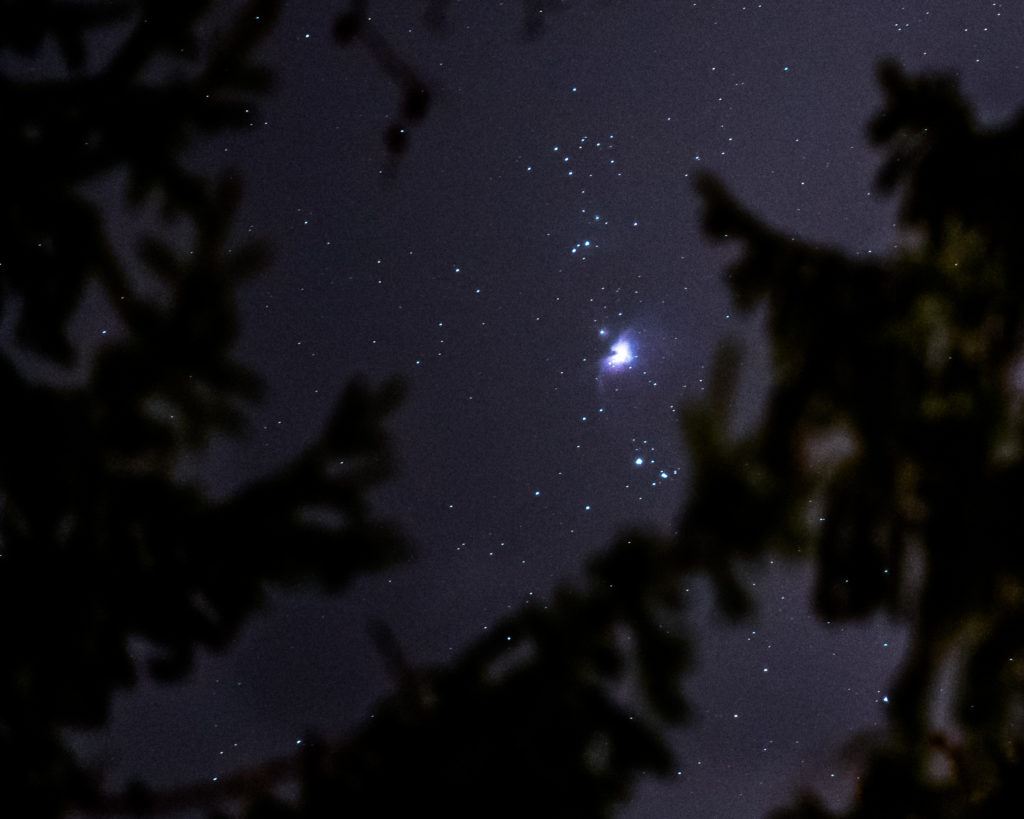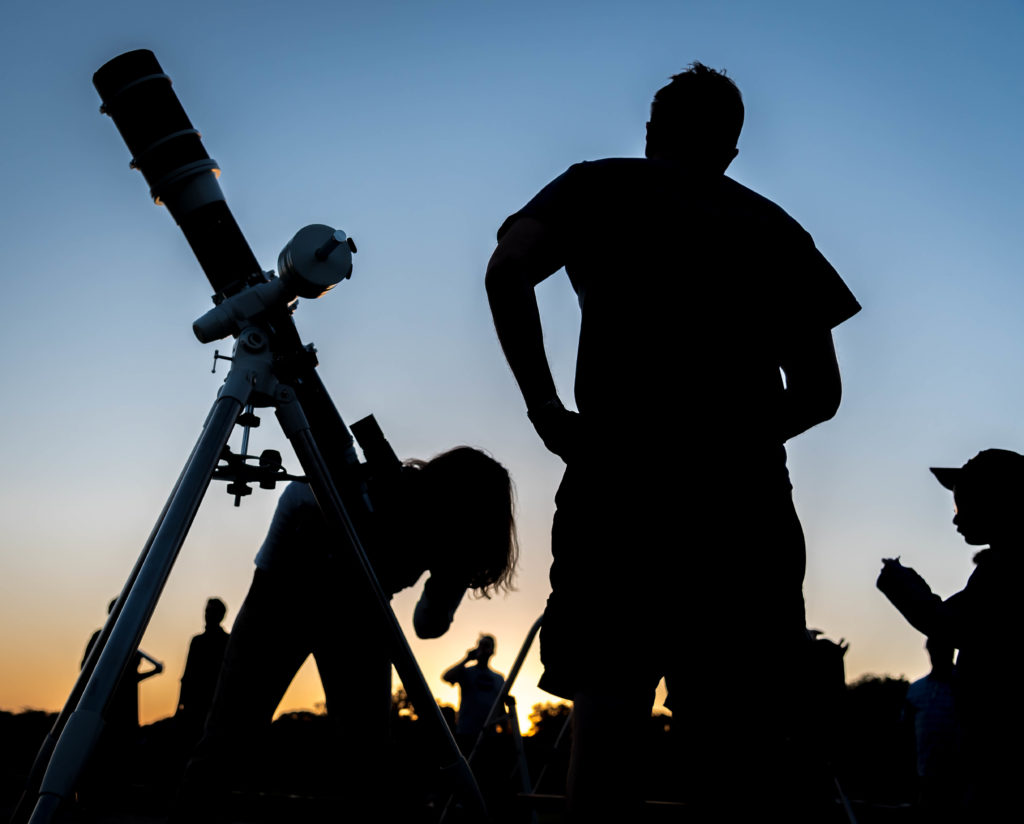
Orion is perhaps the most famous of the 88 constellations in the night sky, and it’s likely the easiest to find for stargazers all over the world. And unlike most constellations, Orion looks like its legendary namesake: a mighty hunter with a shield, a raised arm, and a sword hanging from his star-jeweled belt. The constellation harbors some dazzling sights including what may be the most beautiful object in the night sky for a small telescope, the famous Orion Nebula, a bright blister in the nearest star-forming region to our solar system. In this little tour, we’ll have a look at some lesser-known sights in the constellation Orion north of the three bright stars of Orion’s Belt [Read more…] about Orion, Above the Belt
Share This:


